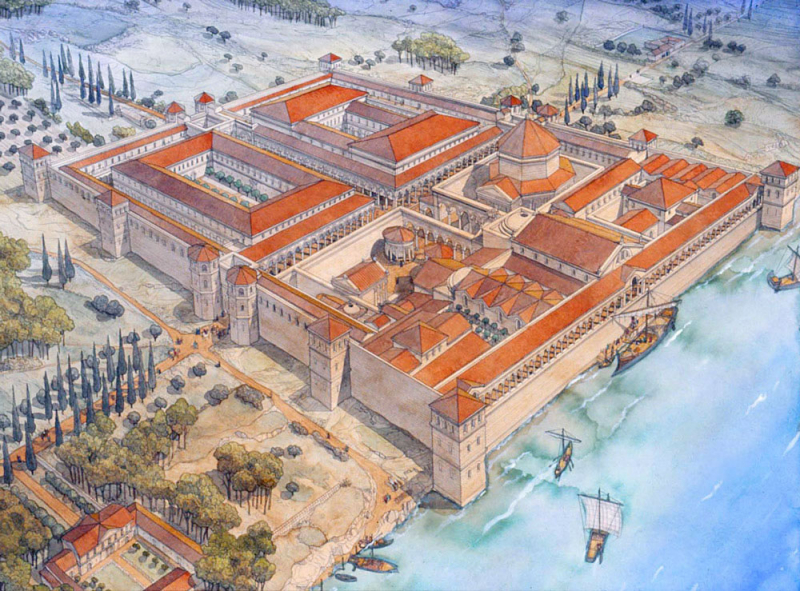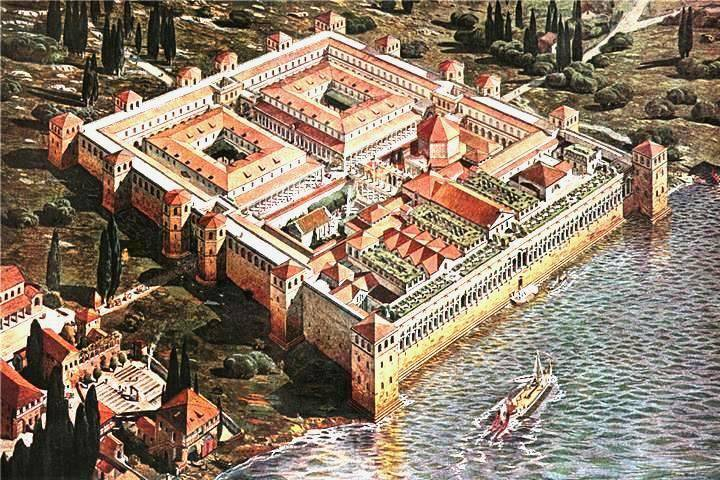In the Roman Empire, Diocletian had put in place a bureaucratic structure of governance
Through the bureaucratic government, Diocletian oversaw the tetrarchy that persisted longer. He increased the civic and military capabilities of the Empire. He accomplished this by establishing regional divisions and extensively reorganizing administrative centers. In the Empire's history, it was the administration that was the most bureaucratic.
To create the largest and most bureaucratic administration in the empire's history, he divided and expanded the civil and military agencies as well as the provincial divisions. Instead of having the conventional capital in Rome, he erected new administrative headquarters in Nicomedia, Mediolanum, Antioch, and Trier. He fashioned himself as an autocrat, raising himself above the common people of the empire with imposing forms of court ceremonial and architecture, building on movements toward absolutism from the third century. The state's expenses soared due to the expansion of the bureaucracy and military, ongoing elections, and construction projects, necessitating a thorough tax overhaul. Imperial taxation was standardized, made fairer, and typically imposed at higher rates starting at least in 297.
One of the interesting facts about Diocletian is he was able to steer the Empire's affairs thanks to this bureaucratic government. During Diocletian's rule, the bureaucratic administration maintained its success. But as soon as Maxentius and Constantine assumed authority, it fell. They were each the sons of Constantius and Maximian.














